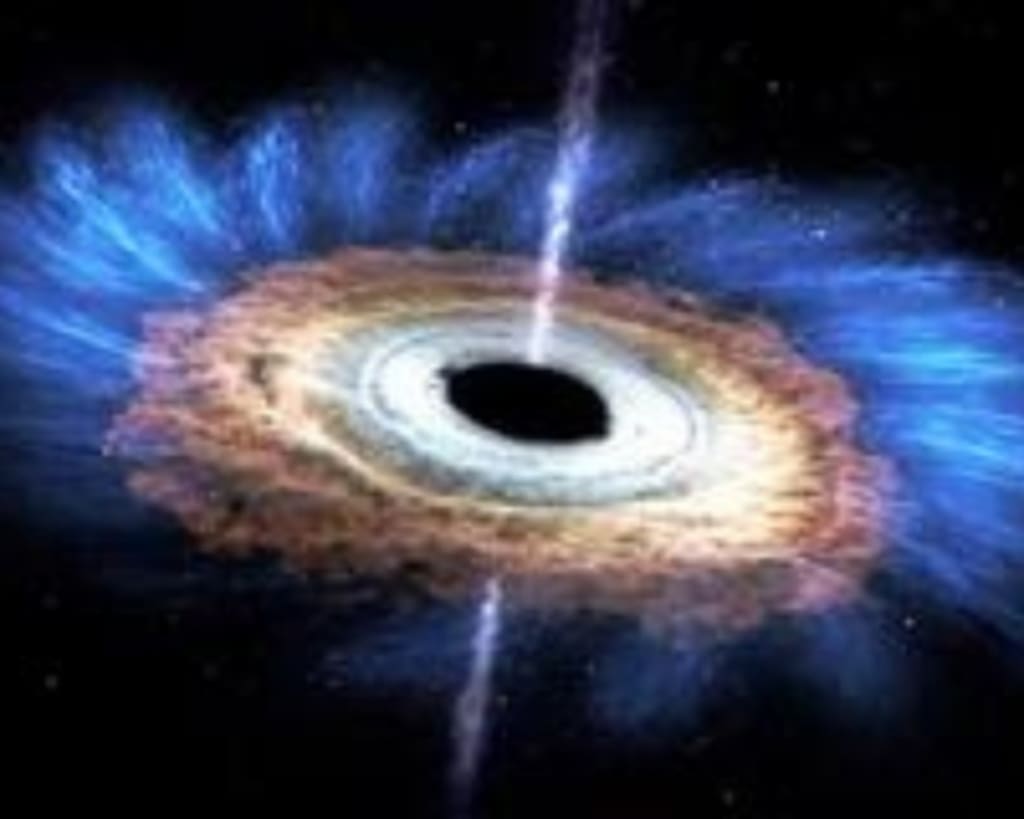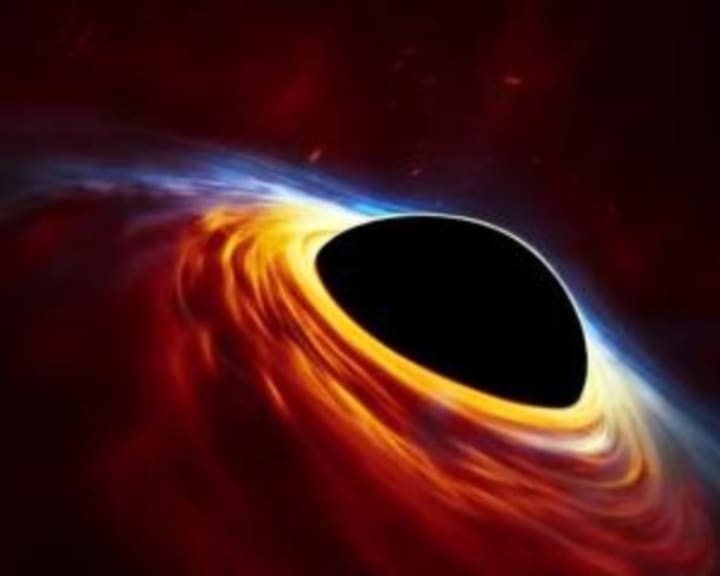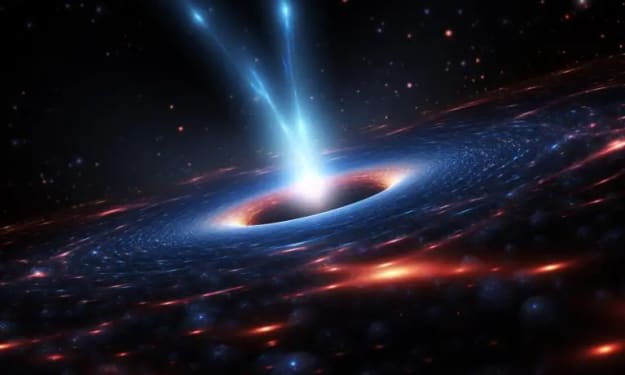Black holes mysteriously burp up relics of stars they destroyed years earlier, and Astronomers have no idea why, a study has revealed.
Destroyed Star Fragments Revealed

Star relics are being spewed out by black holes, years after they swallowed them. Astronomers are perplexed by the discovery since it contradicts what is known about black holes. This could alter our perception of what occurs when a star gets sucked up by a black hole.
The phenomenon known as a tidal disruption event (TDE), which occurs when a black hole rips apart an unhappy star, has long been known to astronomers.
However, it was anticipated that these aircraft would appear within months after the first TDE.
The latest research, which has not yet undergone peer review, discovered that 10 of the 24 black holes that were identified began ejecting matter two to six years after the TDE.
According to Yvette Cendes, a primary author on the study from the Harvard and Smithsonian Center for Astrophysics, the result, which has perplexed astronomers, may indicate that we have an incorrect understanding of what occurs when black holes consume stars.
"We don't really know, but no one was predicting it," she remarked in reference to the actual quick answer to the question of what's causing this.
No one was looking, therefore, nobody saw it coming.
There's a solid reason why this hasn't happened before: nobody anticipated it.
When a star approaches a supermassive black hole too closely, a TDE occurs. The star will be destroyed in a few hours.
Astronomers often predict that at this stage, around half of the star's mass will begin to orbit the black hole, forming an "accretion disk." Theoretically, the remaining half of the matter will subsequently be released in a single energy jet that can be retrieved from Earth.

The light flash is anticipated to occur within a few weeks or months following the TDE, according to astronomers. They move their telescopes to another location if nothing is detected within that period.
Time with the radio telescope is limited. And why search for something you may have seen immediately after the dramatic occurrence, YEARS later? Cendes stated on X
This perception began to alter, however, in 2022, when Cendes and her colleagues discovered a black hole that had awakened two years after consuming a star.
Since then, the partners have continuously rotated their equipment to keep an eye on 24 black holes. They've discovered that more than half of them had a second awakening years after the first star-sucking incident.
Six years later, one black hole seemed to spin around.
"If you know anything about physics, you know that this time scale doesn't make any sense!" Cendes said in a Reddit post.
Cendes saw the black holes peaking, receding, and then going on again in two other instances.
"That's completely new and unexpected," Cendes said to Live Science. People had the misconception that you would have one outflow and that would be it, according to her.
Our understanding of accretion disks may not be accurate.
According to Cendes, the discoveries may require us to reconsider how black holes consume stars.
We currently only know what isn't occurring.
Cendes has ruled out the possibility that this is the result of a second TDE or that the jet first began after the TDE but was pointed away from Earth. She has also ruled out some of the more fantastical theories, such as the idea that the plane was delayed because the local black hole was interfering with time.
However, what that leaves us with is a great enigma.
"Everything we assumed about accretion disc formation in TDEs is wrong," is our best estimate. On X, Cendres said.
What if the optical flash represents streams of material interacting rather than a disc forming, and the disc doesn't really develop until YEARS later? We don't have all the information, but it's definitely feasible, she said.
The new discoveries imply that scientists will need to reconsider how stars and black holes are related.
Believe me when I say that I've enjoyed receiving puzzled stares from theorists in recent months. On X, Cendes said.
On August 25, the results were posted to the pre-print service arXiv.
About the Creator
Enjoyed the story? Support the Creator.
Subscribe for free to receive all their stories in your feed. You could also pledge your support or give them a one-off tip, letting them know you appreciate their work.





Comments
There are no comments for this story
Be the first to respond and start the conversation.